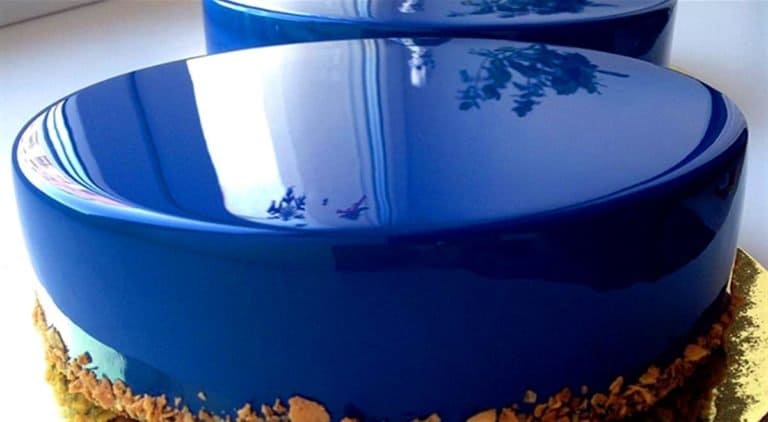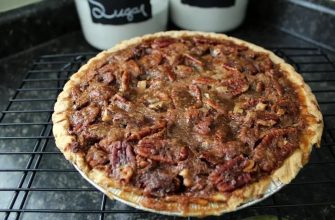Dive into the enchanting world of mirror glaze with this recipe that reveals the secrets behind its glossy perfection. Transform your desserts into stunning creations that gleam like mirrors, captivating both the eyes and the taste buds. With just a few ingredients and careful technique, you’ll master the art of creating a flawless mirror glaze. Get ready to impress!
Ingredients:
- Gelatin sheets: 12 grams (0.4 oz)
- Sugar: 150 grams (5.3 oz)
- Water: 75 grams (75 ml)
- Glucose syrup or corn syrup: 150 grams (150 ml)
- White chocolate: 150 grams (5.3 oz)
- Sweetened condensed milk: 100 grams (3.5 oz)
- Food coloring
Instructions:
- Soak gelatin sheets in water.
- In a saucepan, combine sugar, water, and glucose syrup (or substitute with molasses or inverted corn syrup).
- Place over heat and warm the mixture until the sugar dissolves. Add the squeezed gelatin and stir.
- Break white chocolate into pieces and melt it in a double boiler or in the microwave in short bursts of 15 seconds (heat, remove, stir, repeat).
- Pour condensed milk into the melted chocolate and gradually add the syrup in a thin stream. Stir.
- Add food coloring to the mixture.
- Blend the glaze with an immersion blender. It’s important to avoid creating too many bubbles in the mixture; otherwise, they will remain on the dessert. Keep the blender almost vertical and do not lift it too high to prevent it from protruding above the surface of the mixture.
- In a properly prepared glaze, you will see your reflection. The darker the glaze, the more mirror-like the surface. If there are a few bubbles, strain the glaze through a fine sieve, you can do it twice.
Enjoy! Share with friends if you liked it!

















Can I use agar powder or unflavored gelatin powder instead of gelatin sheets and how much? TIA
I haven’t tried this, but 12g of gelatin is 12g of gelatin, whether it comes in a leaf or in powder form. You have to make sure it’s pure gelatin, though, or know what the additives in the powder do to its jellying power to work out how much more or less of the powder you need to achieve the same effect. Some additives might not work in the glaze. Agar agar should work, too, at the usual exchange rate (though I don’t know what it is, because I rarely use either, and have never replaced one with the other in a recipe).
I think it would be fun to experiment with using flavoured gelatin to make a mirror glaze that has a flavour that complements the cake it’s on…